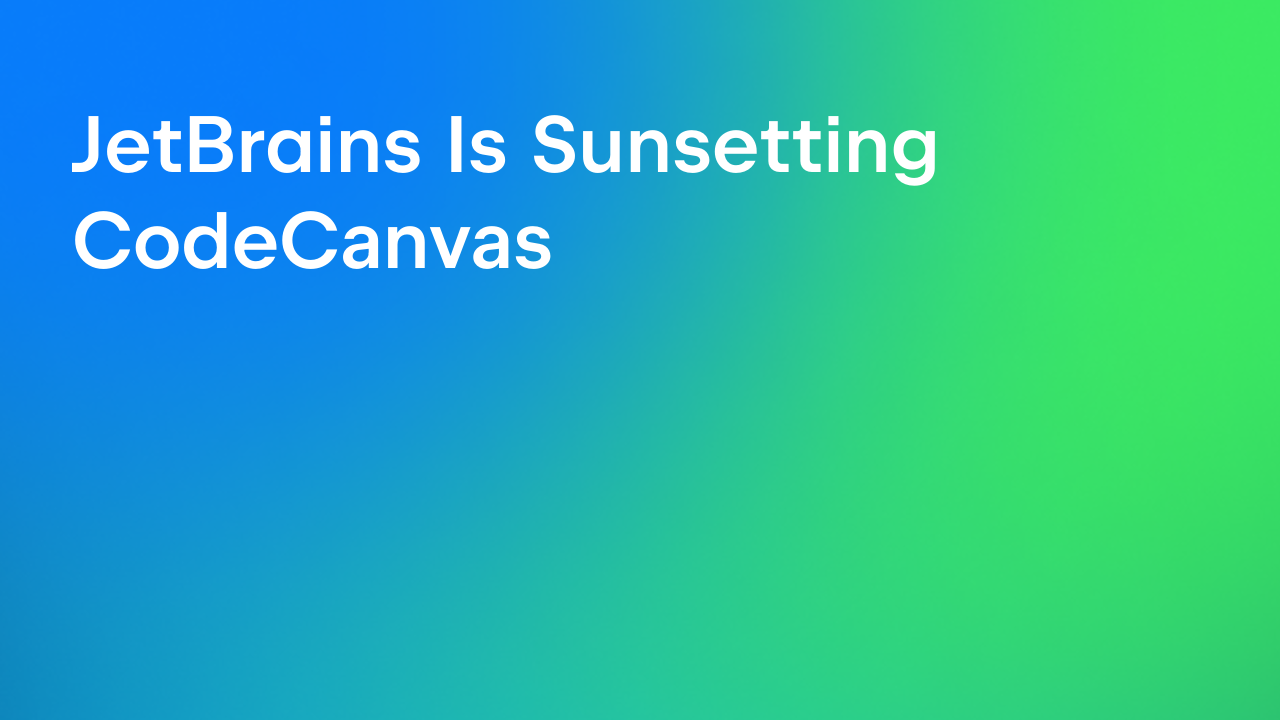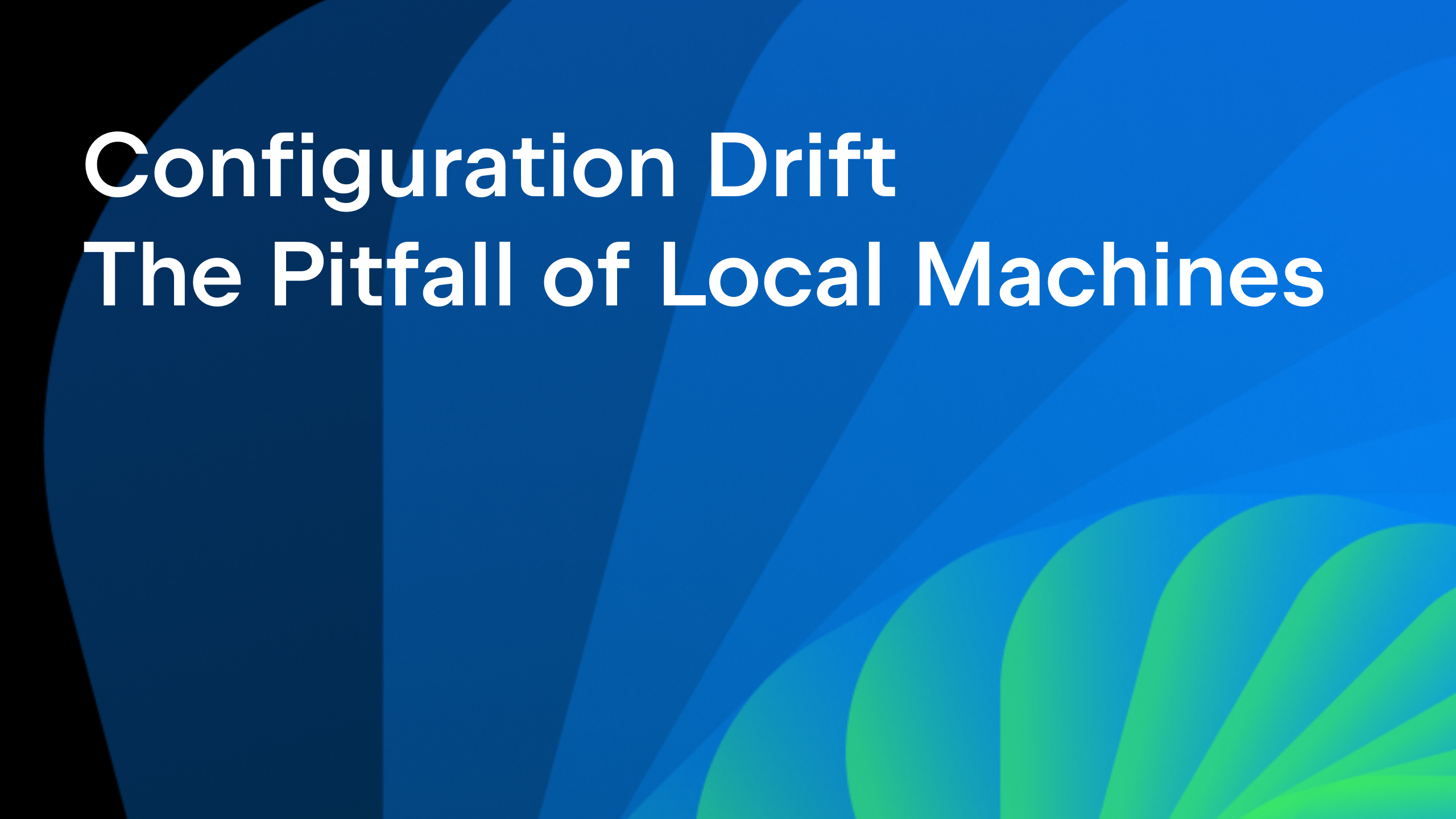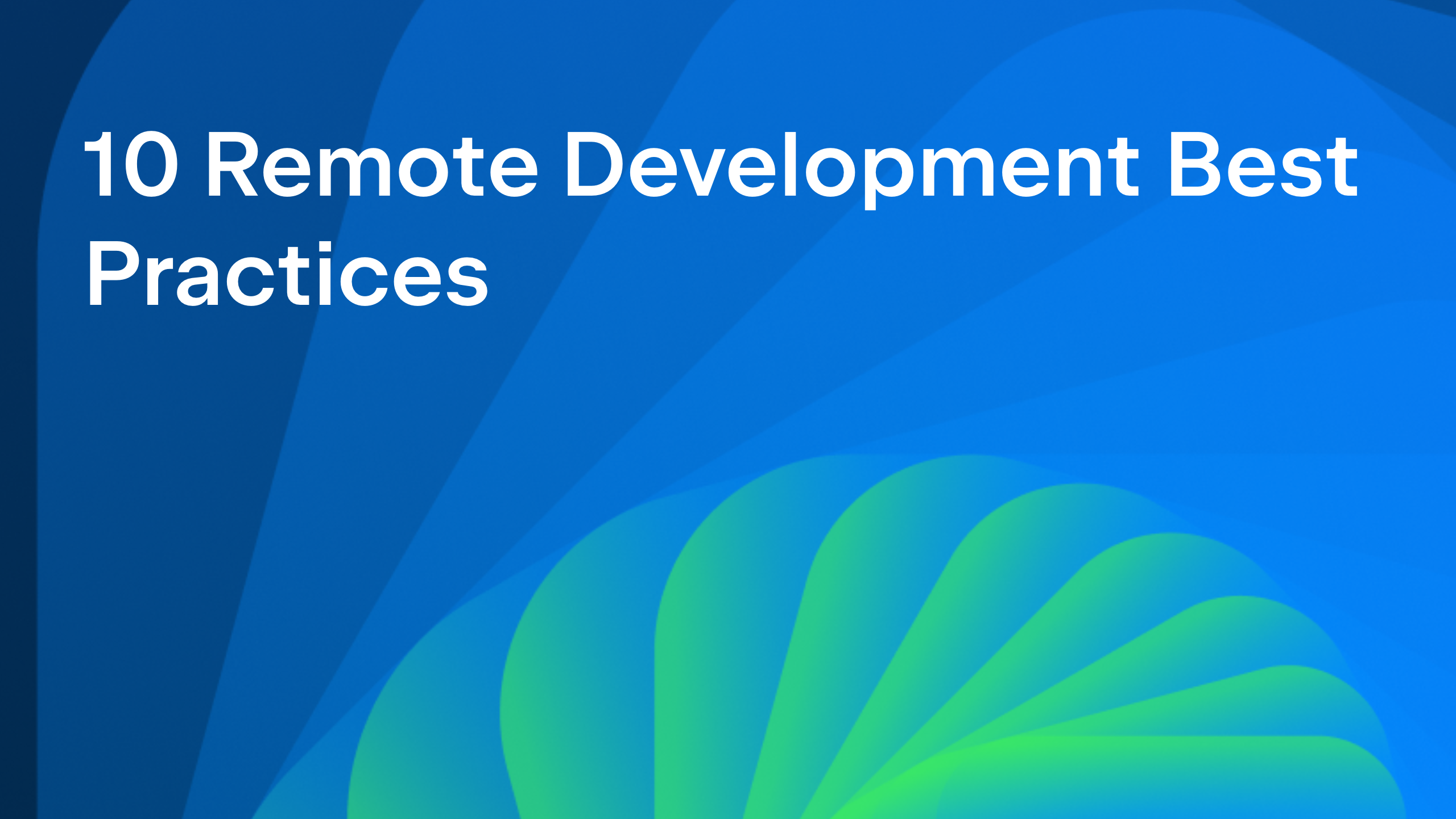CodeCanvas
The ultimate platform for managing cloud development environments
CodeCanvas 2025.2: Now With Cursor and Jupyter Notebook Support
CodeCanvas 2025.2 is here, and this release is packed with updates we think you’ll like. The main highlight is the support for Cursor and Jupyter notebooks. But there’s plenty more under the hood, including network policy controls, usage limits, and a bunch of smaller but useful improvements.
Cursor support
Cursor is one of the fastest-growing IDEs today, built on top of VS Code and deeply integrated with AI tooling. Starting with CodeCanvas 2025.2, developers can use Cursor in their remote dev environments.
From the administrator’s perspective, nothing changes. Cursor uses the same Remote SSH protocol as VS Code. To start using it, simply select Cursor from the list of supported IDEs when creating a dev environment template.

Keep in mind:
- CodeCanvas always uses the latest version of Cursor. You can’t set it to a specific version.
- To prevent compatibility issues, developers should keep Cursor updated on their machines.
- All Cursor extensions are installed from the VS Code Marketplace, so existing VS Code plugin setups can usually be reused.
Jupyter notebooks

Jupyter is a popular tool for working with data, especially in data science and machine learning. It lets you combine code, output, and documentation in a single notebook interface. Running Jupyter in the cloud is a common need, especially for resource-heavy workloads. With CodeCanvas, this has always been technically possible. But in 2025.2, we’ve made it official.
We’ve documented the setup steps and explained how to make Jupyter work smoothly in dev environments.
- Jupyter is currently supported only in VS Code.
- You’ll need to install a few extensions and use life cycle scripts to start the Jupyter server.
Learn how to set up Jupyter in CodeCanvas
More improvements in 2025.2
Beyond support for Cursor and Jupyter, this release includes many other updates, from cost optimization to security hardening. Here are a few highlights:
Cost control tools
- Concurrent usage limits – You can now cap how many dev environments each user can run at the same time. Usage is tracked per instance type.
- Auto-disabling warm-up and standby pools – Standby pools and scheduled warm-ups are now automatically disabled after repeated failures or prolonged inactivity. This prevents unused resources from consuming capacity and cloud costs.
Better security
- Network policies – The operator Helm chart now supports configurable network policies. Two built-in policies are enabled by default:
- Denying all inbound traffic (including between dev environments)
- Allowing all outbound traffic
You can disable or change these policies, or define your own custom network policies to match your infrastructure and security needs.
Other features
CodeCanvas 2025.2 has even more to offer: non-root dev containers, per-namespace and per-template usage metrics, and more.
What can CodeCanvas do for your team?
Want to learn more about the benefits of CDEs and whether they’re right for your organization? Check out some of our recent posts:
- A Study in CDEs: Building CodeCanvas with CodeCanvas
- Should Your Company Adopt Remote Development?
- From VDI to CDEs: Solving Remote Development Challenges
- CDEs Aren’t Just for Developers: How QA, Tech Writers, and Designers Benefit Too
- 10 Remote Development Best Practices
Curious to try CodeCanvas in your own infrastructure? It’s quick and easy to get started.
We offer a free tier license with almost no limitations, and you can install CodeCanvas using our CloudFormation template.
- Launch the installation (AWS account is required)
- Follow the installation instructions





